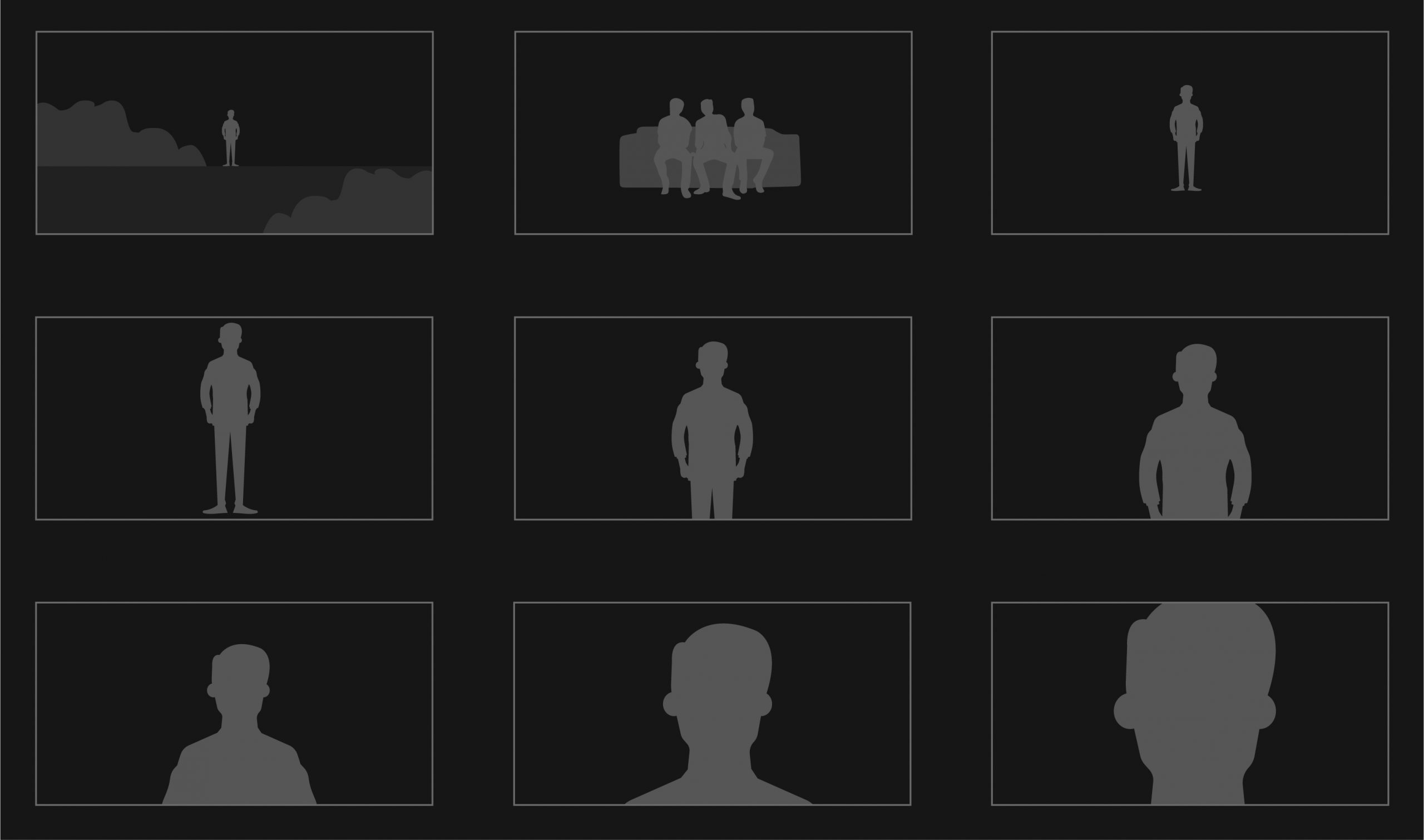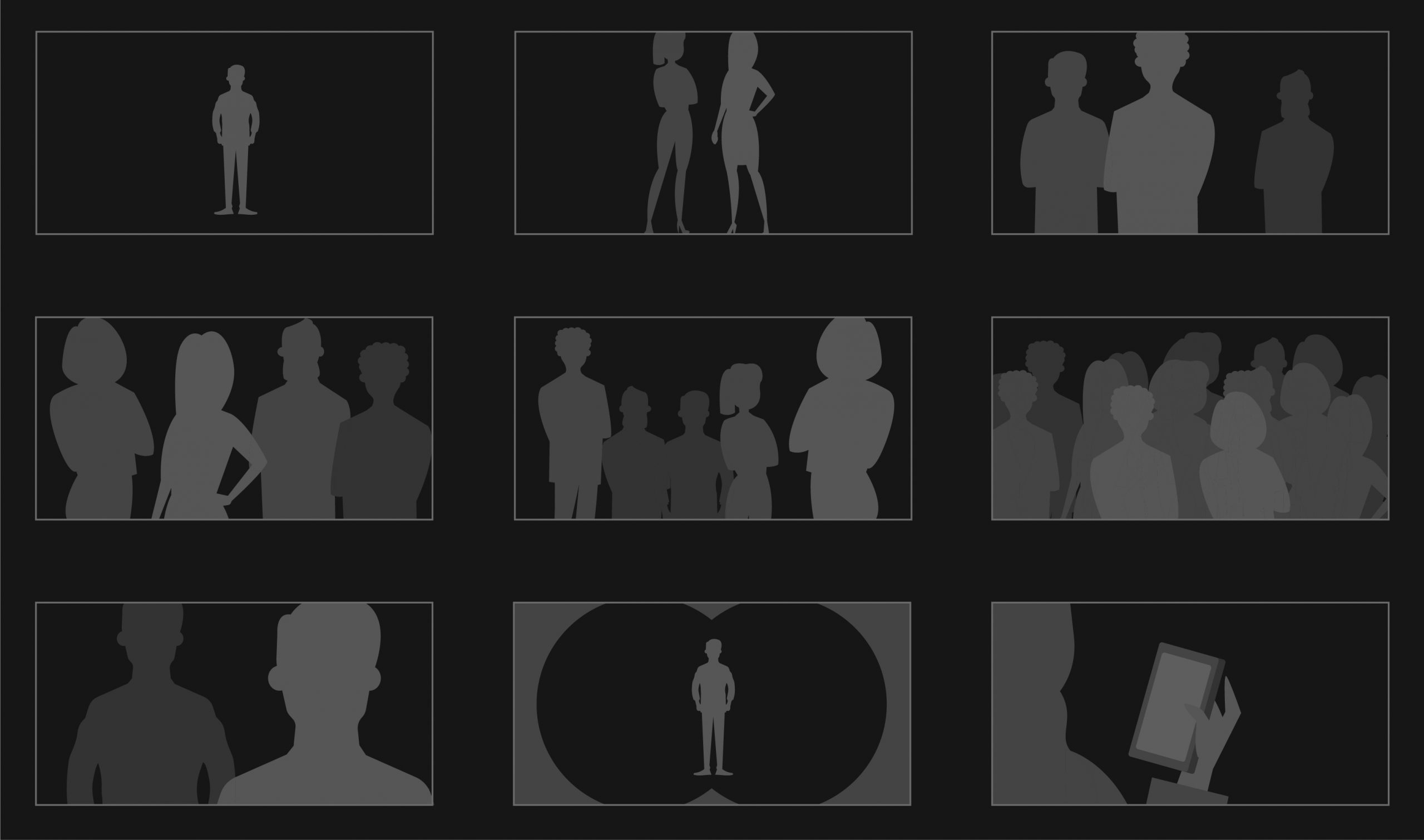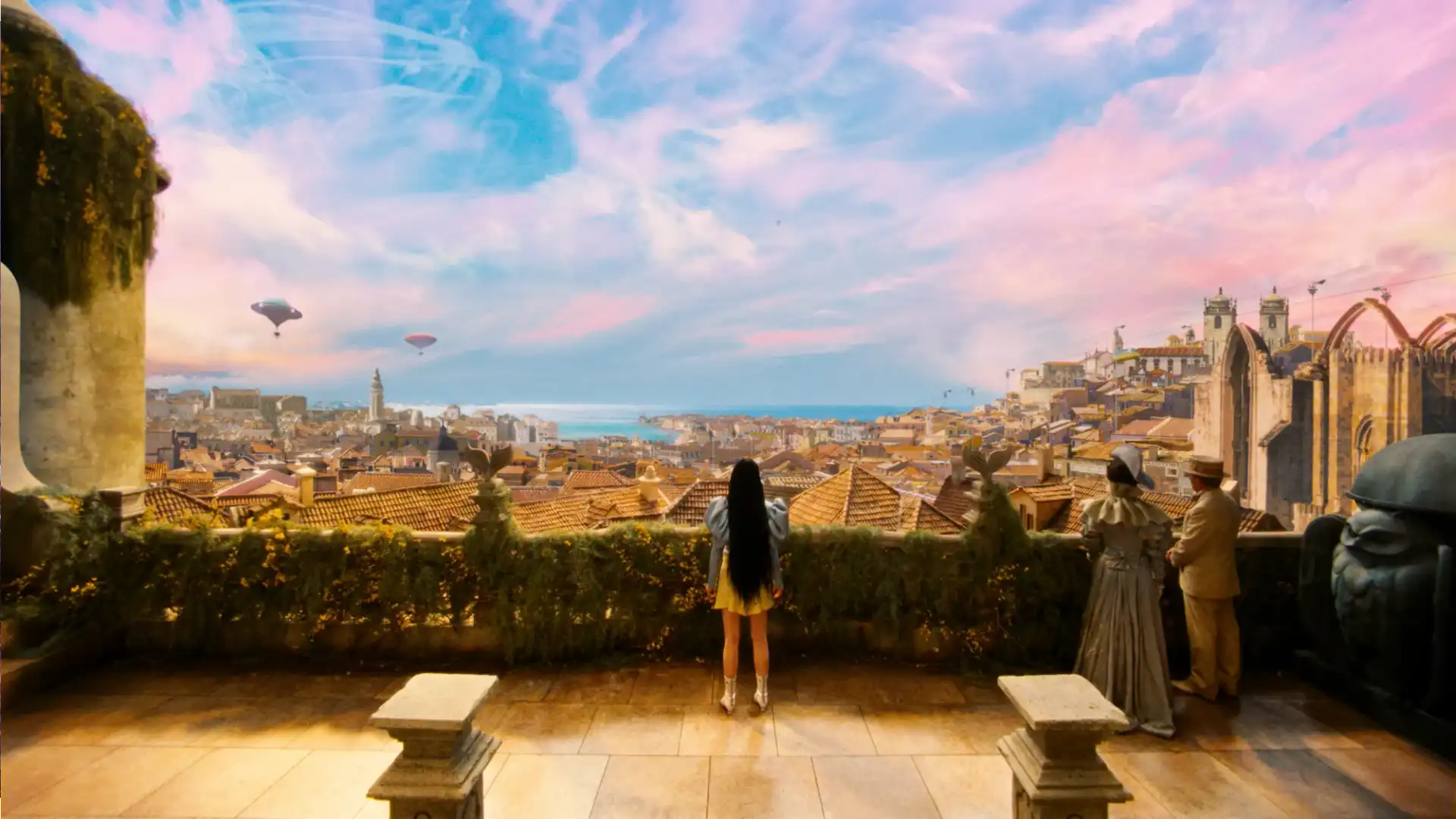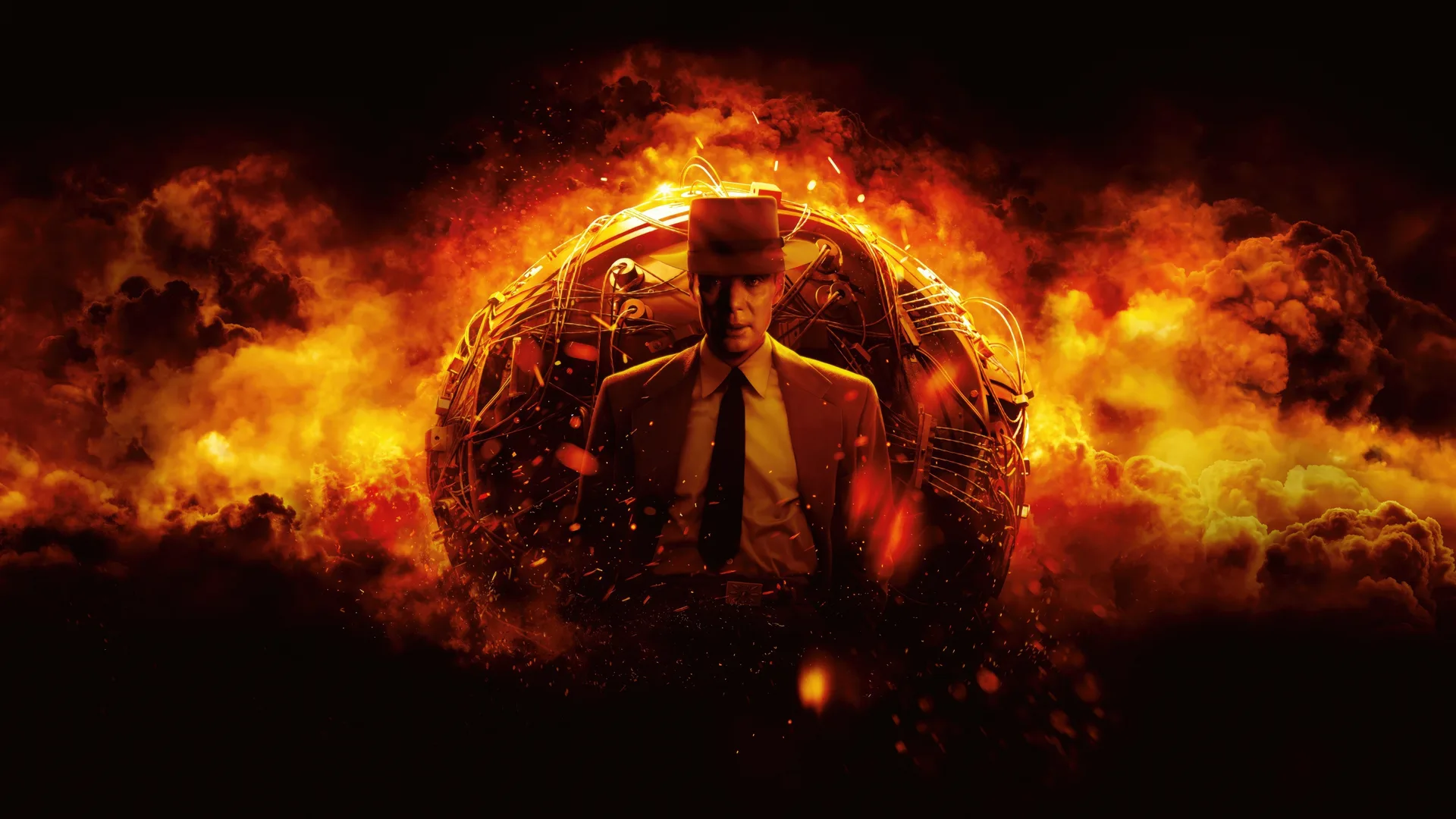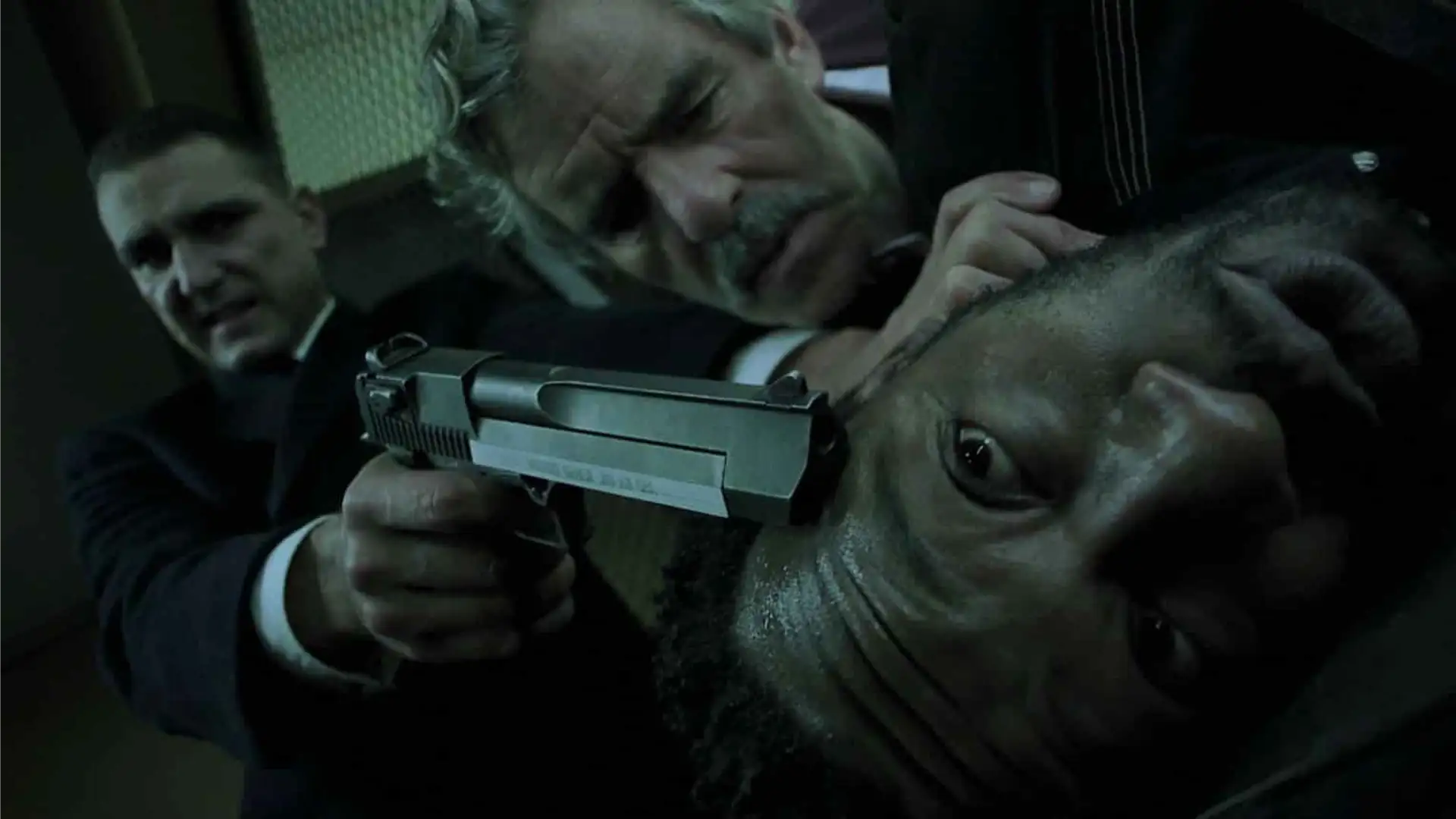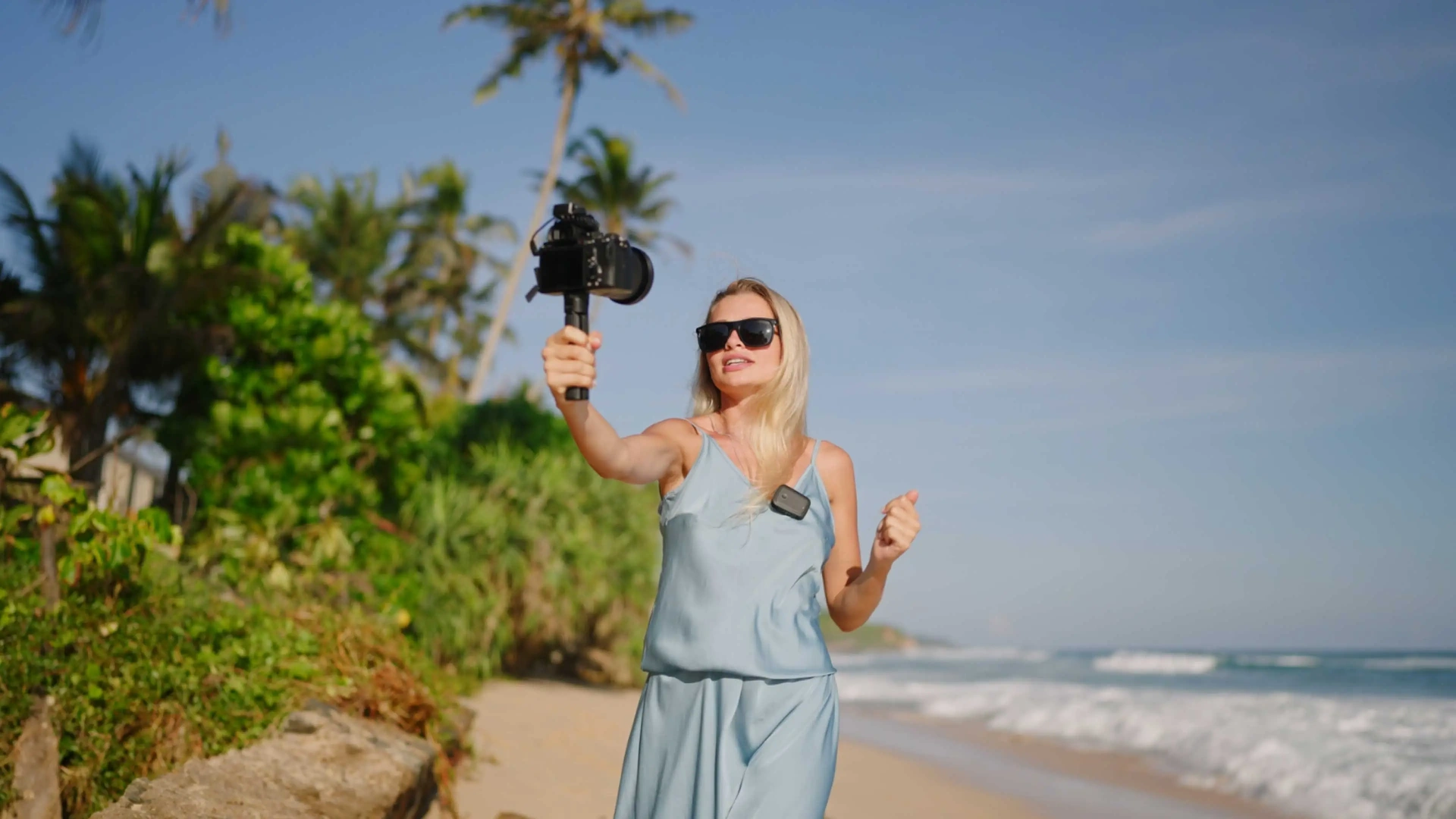Since we have already made a complete video and blog on “Different Camera Angles“, in this article we are going to focus on the different camera shot sizes, and framings. And while you are at it, remember to subscribe to our YouTube channel, in which you can watch many cool video ideas.
Shot Sizes Chart
The most basic differentiation in camera shots is the distance between the camera and the subject. This affects how much of the scene and the subjects are visible within the camera frame. Directors and cinematographers choose shot sizes deliberately to achieve certain effects. This storytelling device is a powerful tool in the hands of the director to move the story forward in the way he or she intends to.
To help visualize the scale of different shot sizes, here is a quick reference shot size chart with depictions of people framed in each basic shot sizes type:
- Extreme Wide Shot – tiny stick figure surrounded by landscape
- Wide Shot – person with a good amount of headroom & surroundings
- Medium Shot – person from around the waist up
- Close-up Shot – framed from mid-chest and up
- Extreme Close-up – eye or other small facial feature
Extreme Wide Shots
Extreme wide shots (also known as establishing shots or vista shots) are mostly used at the beginning of the film as an introduction to the new world we are stepping in, and also during the film, at the start of a sequence, when a new location is being introduced. Because of that, extreme wide shots are among the most important ones since they are focused on introducing the audience to the scene they are going to see or, more importantly, the style of the whole film they are going to experience. As a result of that, establishing shots are normally shot in extreme wide angles to show everything in one frame and set the tone and feel of the scene.
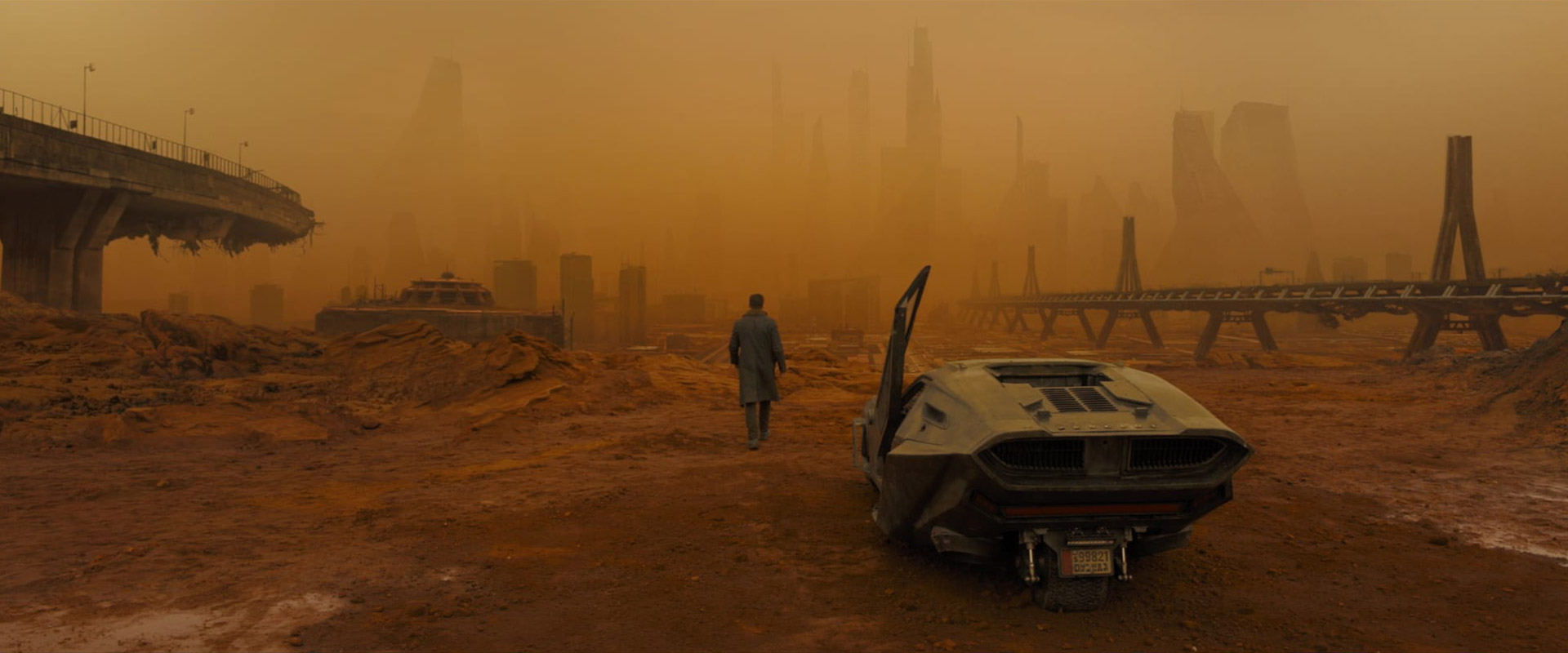
Master Shots
Master shots normally follow the establishing shot and are great for showing or introducing characters, how they fit in the scene, and what is their relationship with the location and other characters. That’s why master shots are crucial especially at the beginning of the film. It is in the master shot list that the audience will decide on how to feel about each character and location and what to expect in the future scenes.
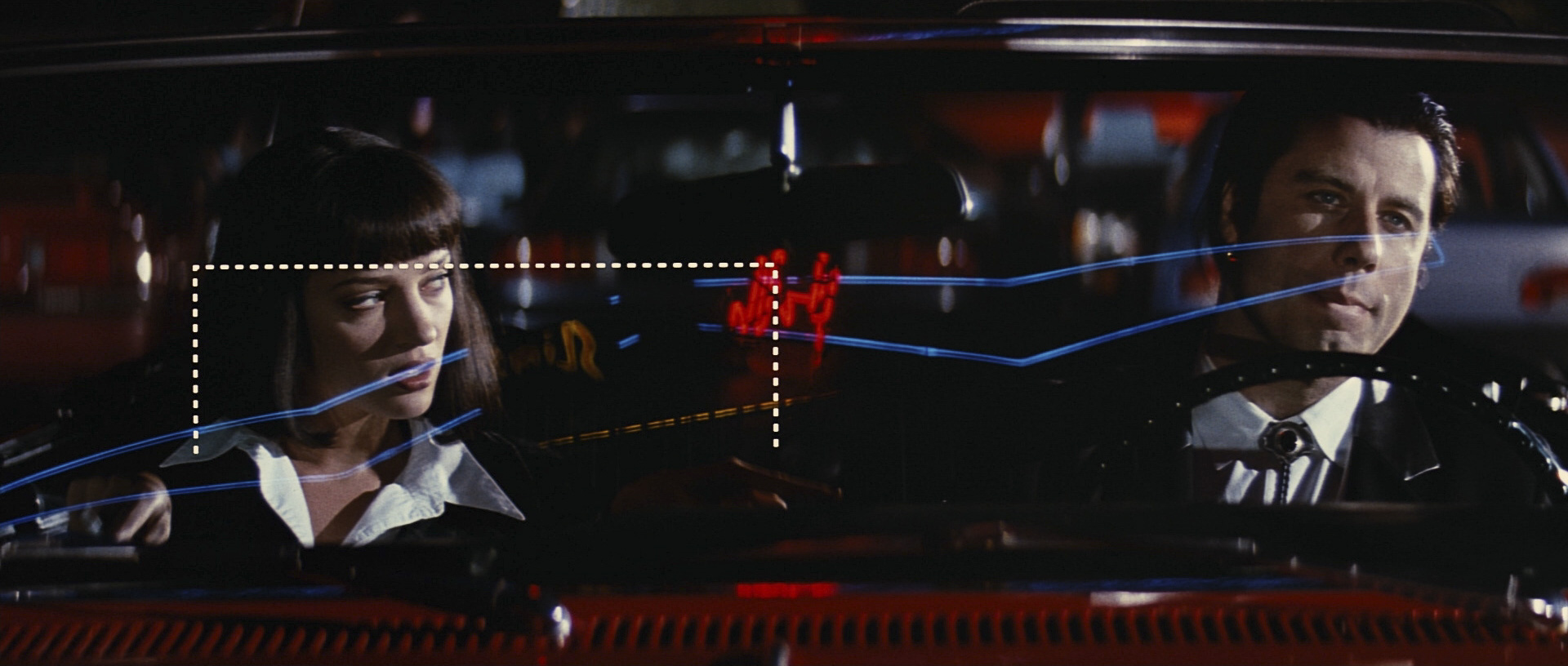
Wide Shots
Wide shots, as the name implies, are big in scale. But although most of the time a big portion of the frame is filled with the scenery, the focus in a wide shot is on the character and how they fit in the location. Wide shots still show the entire subject within the frame, but from a slightly closer distance than extreme wide shots. They may be discovering a place for the first time and they are exploring it or they may be lost and trying to find their way in the scene. Using a wide shot this way can communicate the same feeling toward the viewer and make them feel more involved in the story.
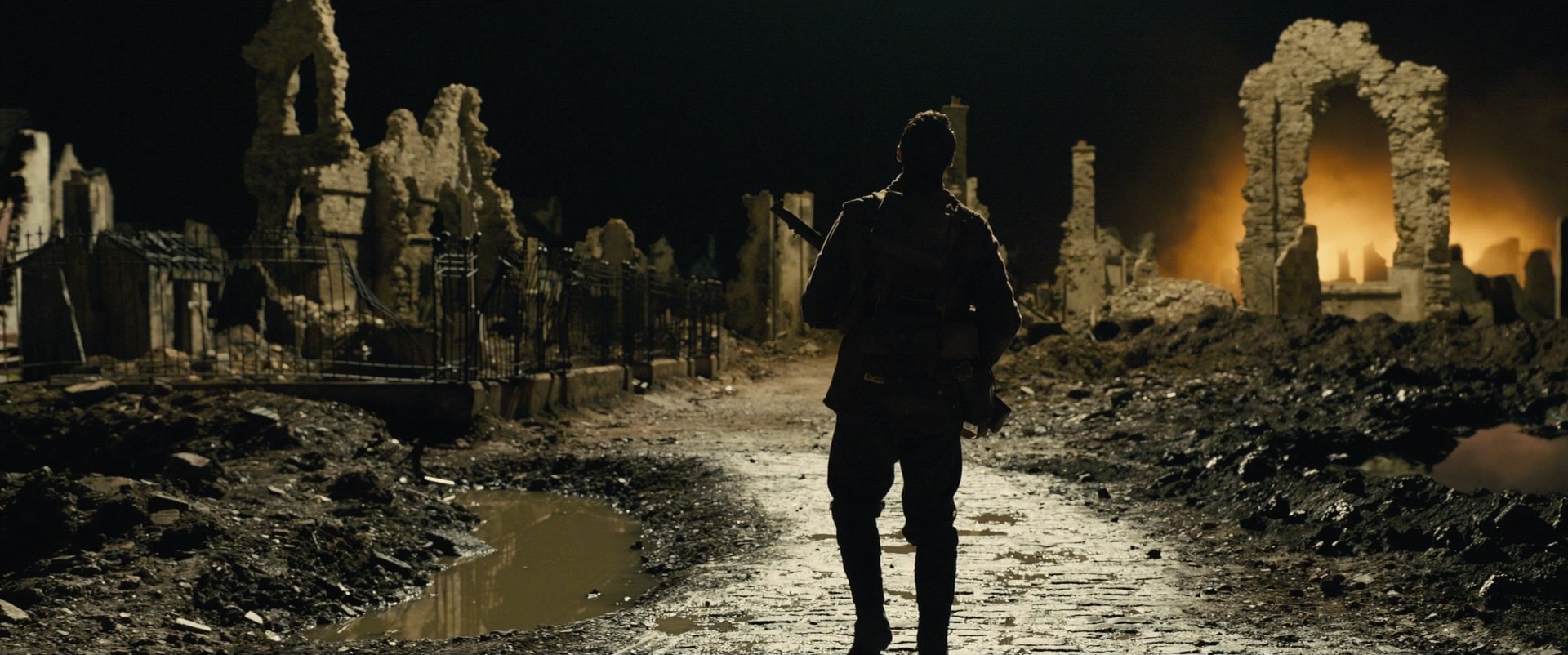
Full Shot
Like wide shots, full shots are all about showing the main character, but this time there is more focus on the main character, and the scenery is there as a complementary tool to further describe the character and set the mood of the scene. In a full shot, you can see the character from head to toe, and since they are the main focus of the scene, they are closer to the camera and can almost fill the frame.
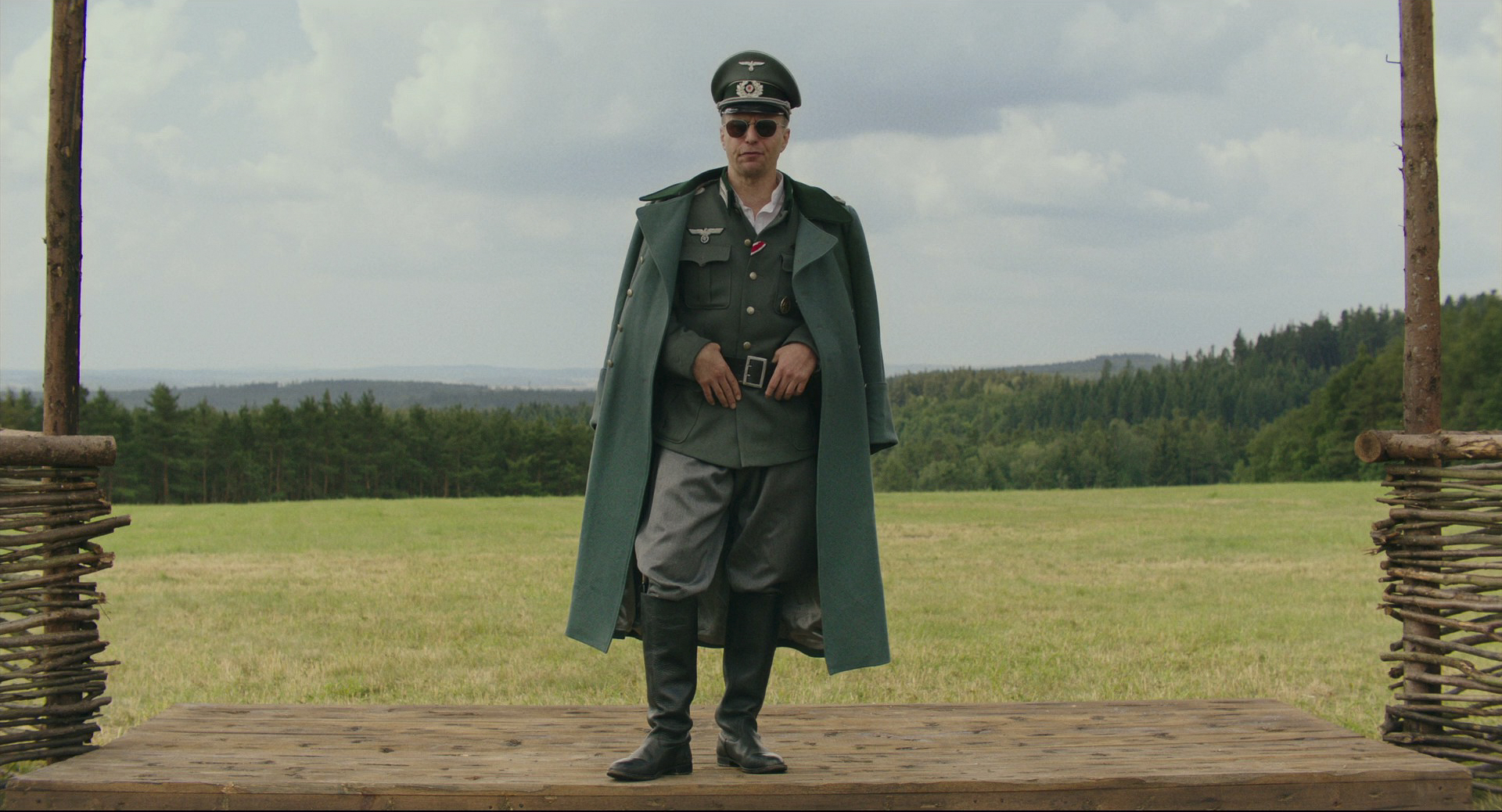
Medium Wide Shots
In a medium wide shot, the character is portrayed from the top of their head to just below their waist, where normally cowboys used to wear their gun holsters, hence the name, cowboy shot. Medium wide shot size and long shots are great when you want to show your character as a confrontational and confident person. And regarding guns, they sure are a common prop in cowboy shots but gun scenes are not the only use case for them.
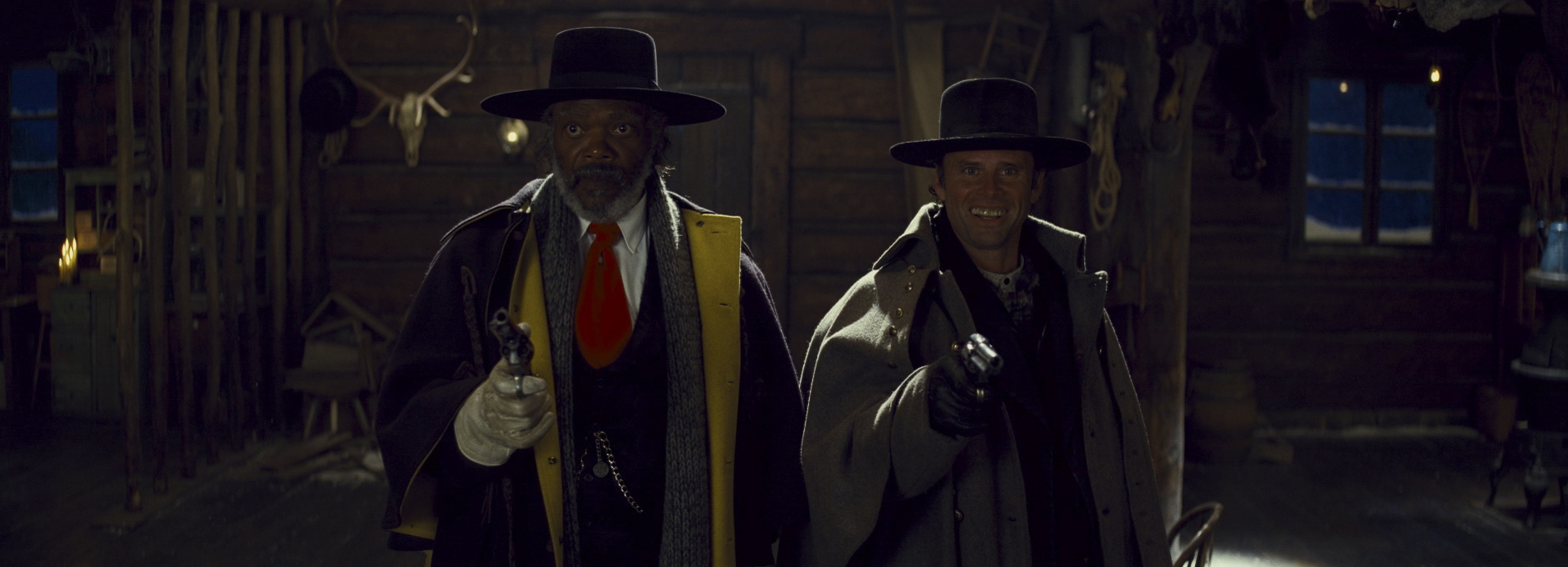
Medium Shots
Medium shots (also known as mid shots or waist shots) are very the most common camera shots in films because of the neutral style they have. In a medium shot, characters fill the scene from the top of their head to below their chest, almost the same frame we naturally see when we are in a real-life conversation with another person. Mid shots are used when the director wants to show the character and their emotions upfront but not in an extreme way. Medium waist shots focus attention onto the main subject while retaining some of the contextual details in the background.
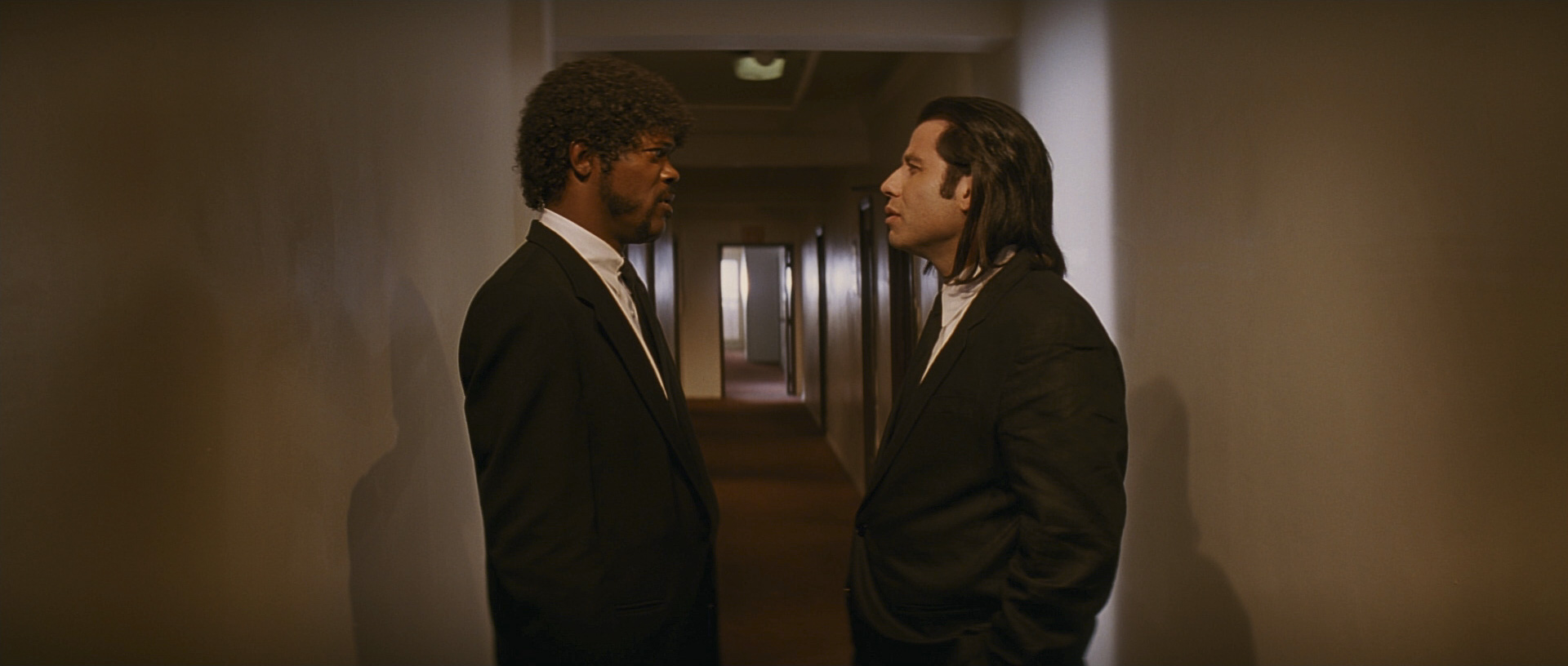
Close-up Shot
Close-up shots are framed from the person’s mid-chest and above, filling most of the screen with their face. Normally, the closer you get to the character in a closeup, the more dramatic and emotional the scene gets, and since eyes are the gateway to a person’s mind, they are by far the most common subject of attention in these scenes. Often when the main character is focused on something or something big like an important decision is about to happen, directors tend to use close-ups. Close-ups are divided into three sizes: medium, extreme and the general closeup size.
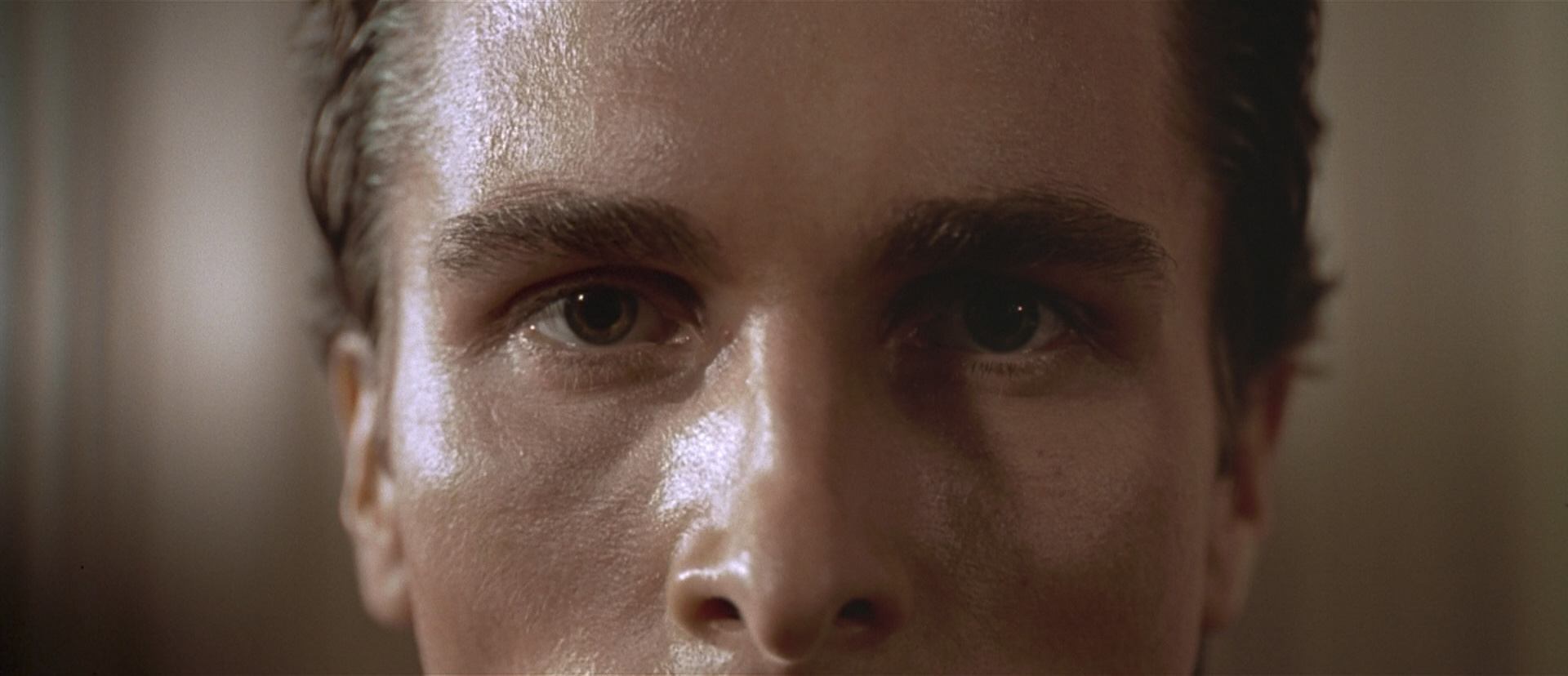
Medium Close-Up Shots
Medium closeups frame a subject from mid-chest up, closer than a regular medium shot, but not as tight as a true close-up. At this intimate distance, there is little or no background visible. The expressive depth of detail captured in a medium close-up pulls focus onto the emotional state or reaction of a character, engaging viewers with their vulnerable honesty.
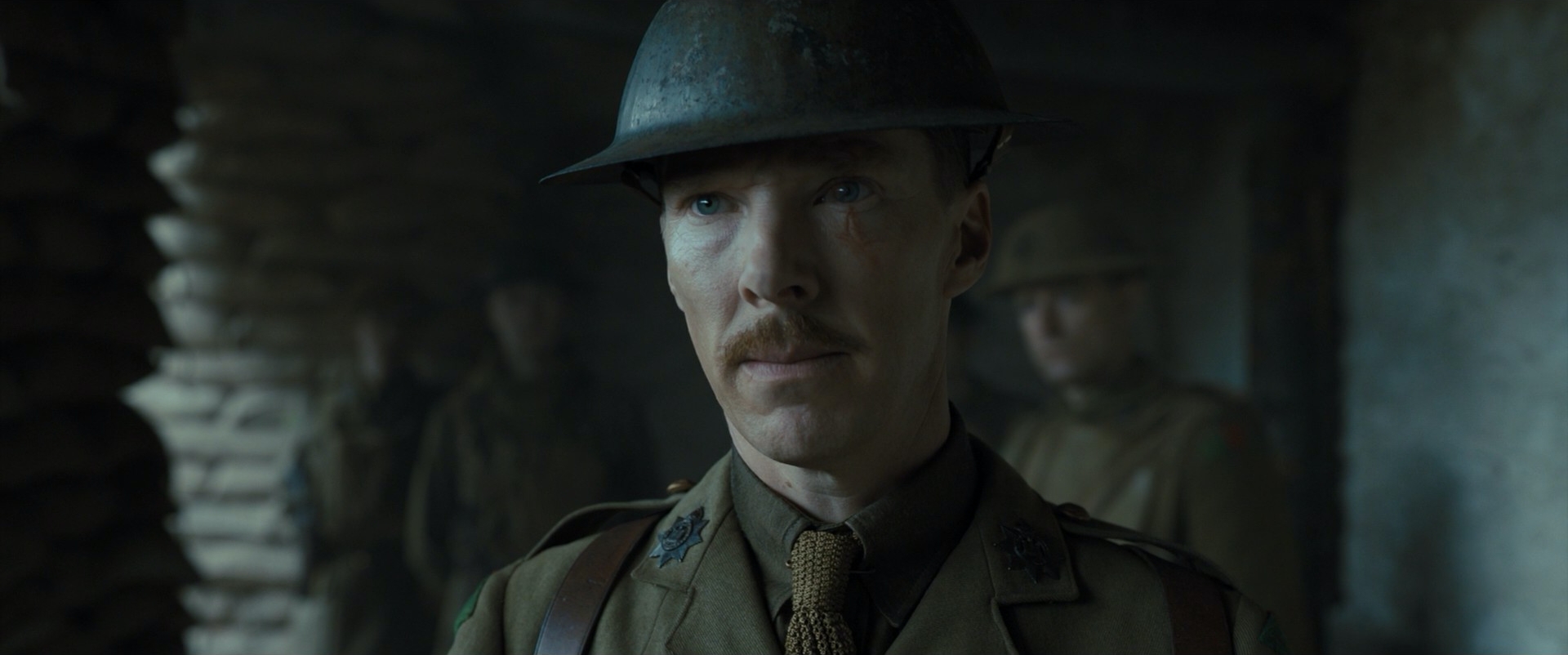
Extreme Close-Up Shots
Extreme closeups go right in tight on a small area or detail, such as a character’s eyes or mouth. Pulling viewers into an intense and uncomfortable proximity with the subject, extreme close-ups evoke strong feelings and sensory detail.
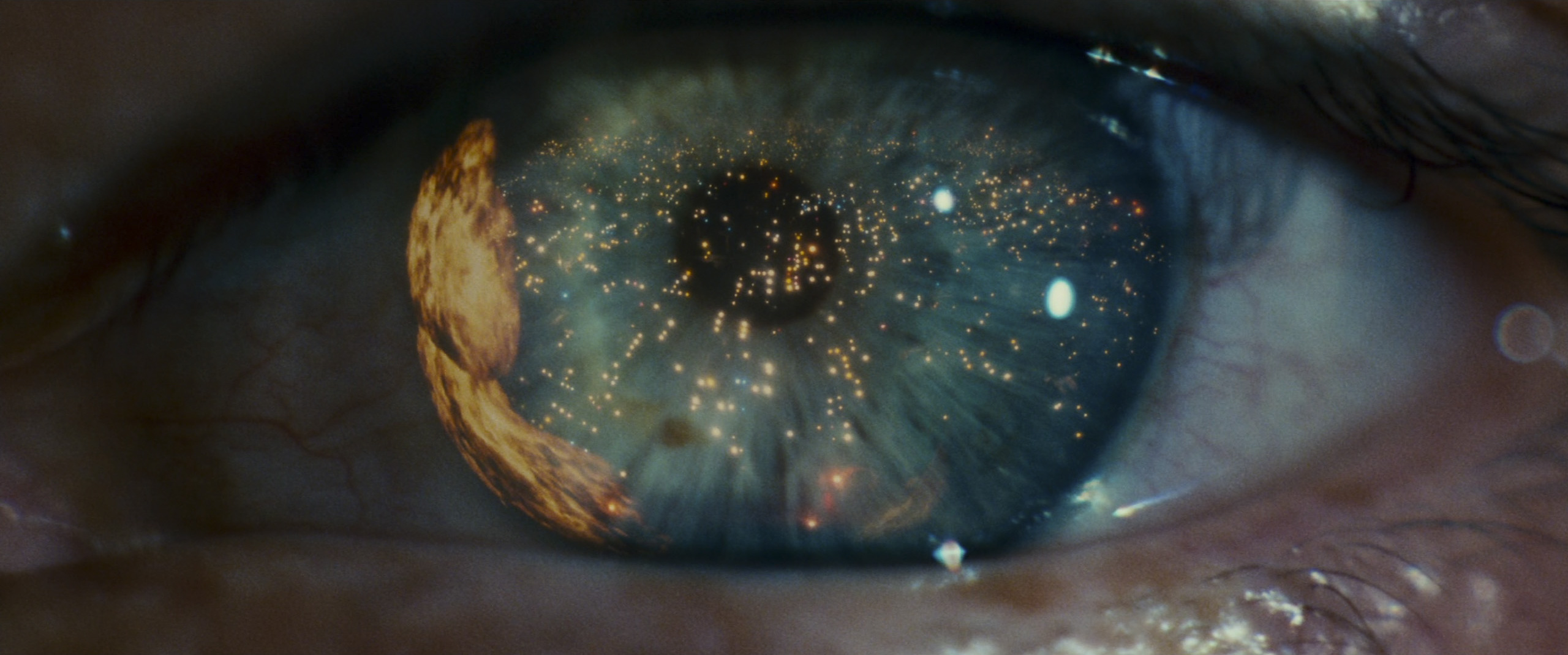
Frame Type
Now that we have talked and established how shots are set, let’s talk about how framing comes into play during filming.
Single, Two, Three, Four, Crowd Shot
These types of shots are defined by the number of character faces that are visibly present in the shot and generally, more crowded scenes are associated with wider angles unless the intention of camera shot is to convey a claustrophobic feeling. These types of framings are among the most used shots in any film as they are focused on character and what they are doing. In shots with two or more characters in the frame, the relationships and dynamics of them will also come to play.
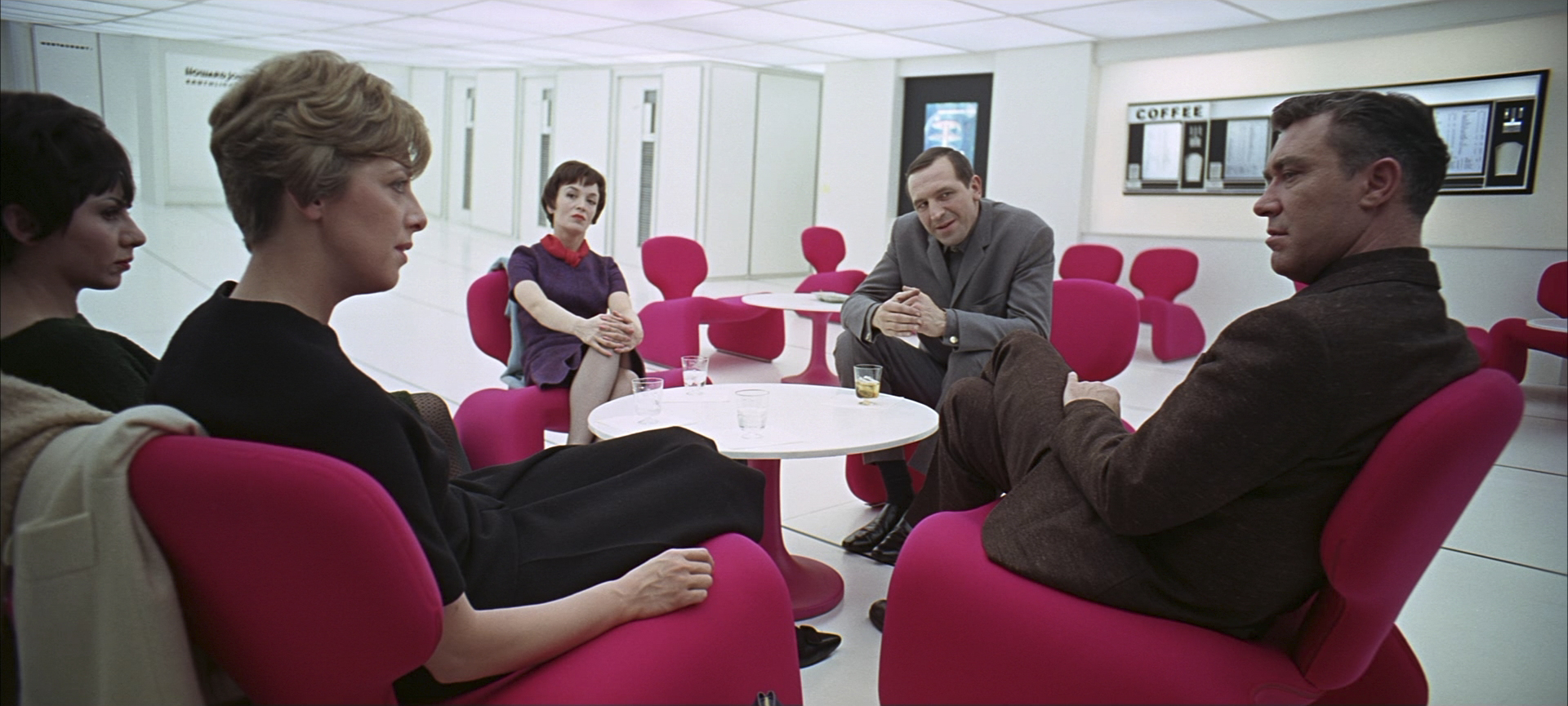
Over The Shoulder Shot
“Over The Shoulder” shots are mostly used in two-way conversations and in each shot the main focus is on one of the involved characters. Doing a shot this way helps the viewer feel more involved in the scene because it feels like they are standing there and watching the conversation moving forward. Also, since in each shot the main focus is on one character, it is much easier to communicate emotions and how each talking party feels about both the subject and ongoing situation.
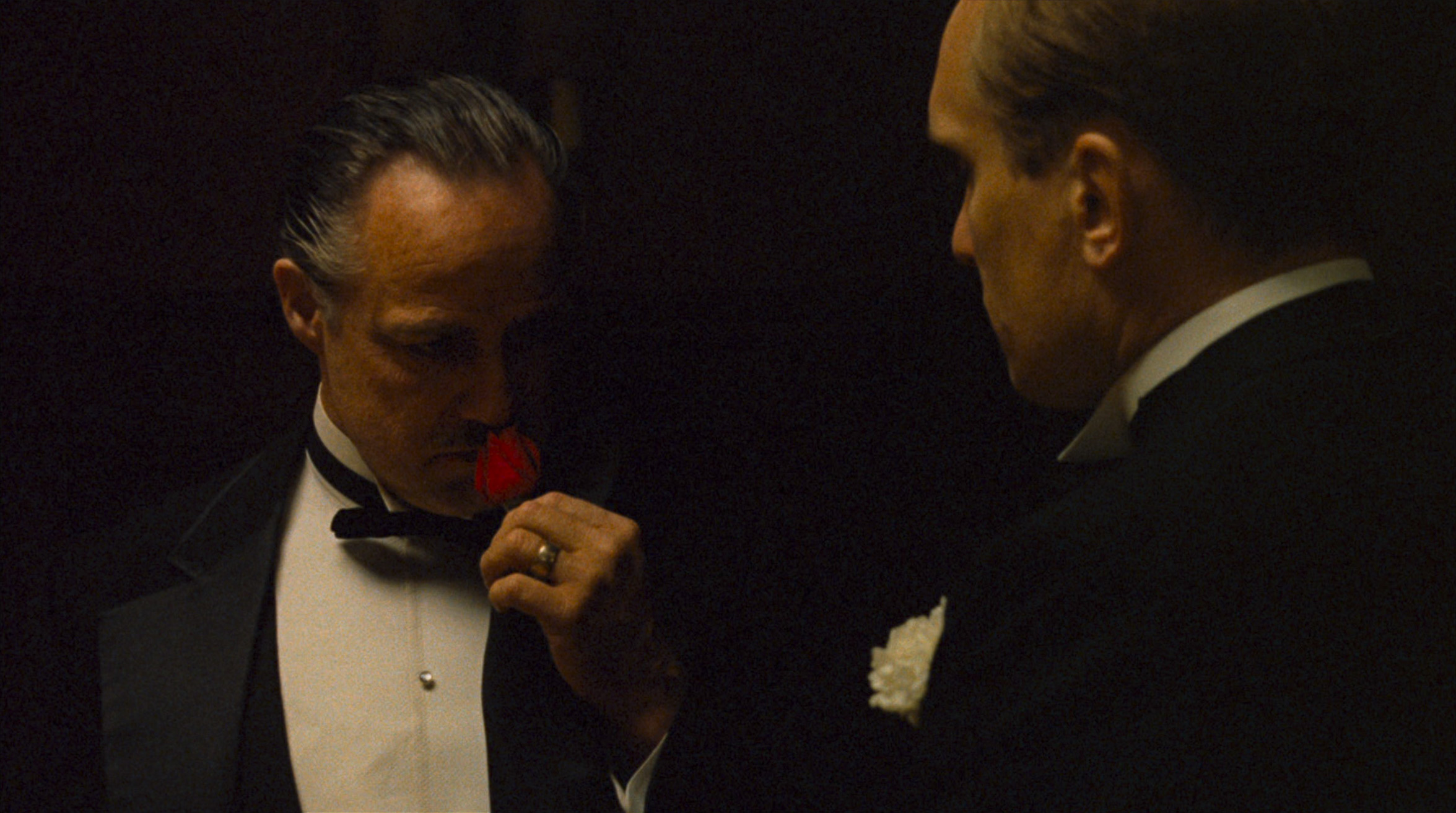
POV Shot
POV or Point Of View shot is the strongest tool in the arsenal of the director to get the viewer involved with the story. In a POV frame, the viewer will either experience scene as a third person, which is reserved for Found Footage style films like Blair Witch Project and Paranormal Activity, or in the first person from the eyes of the main character. Either way, the limited field of view in POV frame camera shots is great to create suspense and a sense of dread, that’s why POV is a favorite of horror film creators.
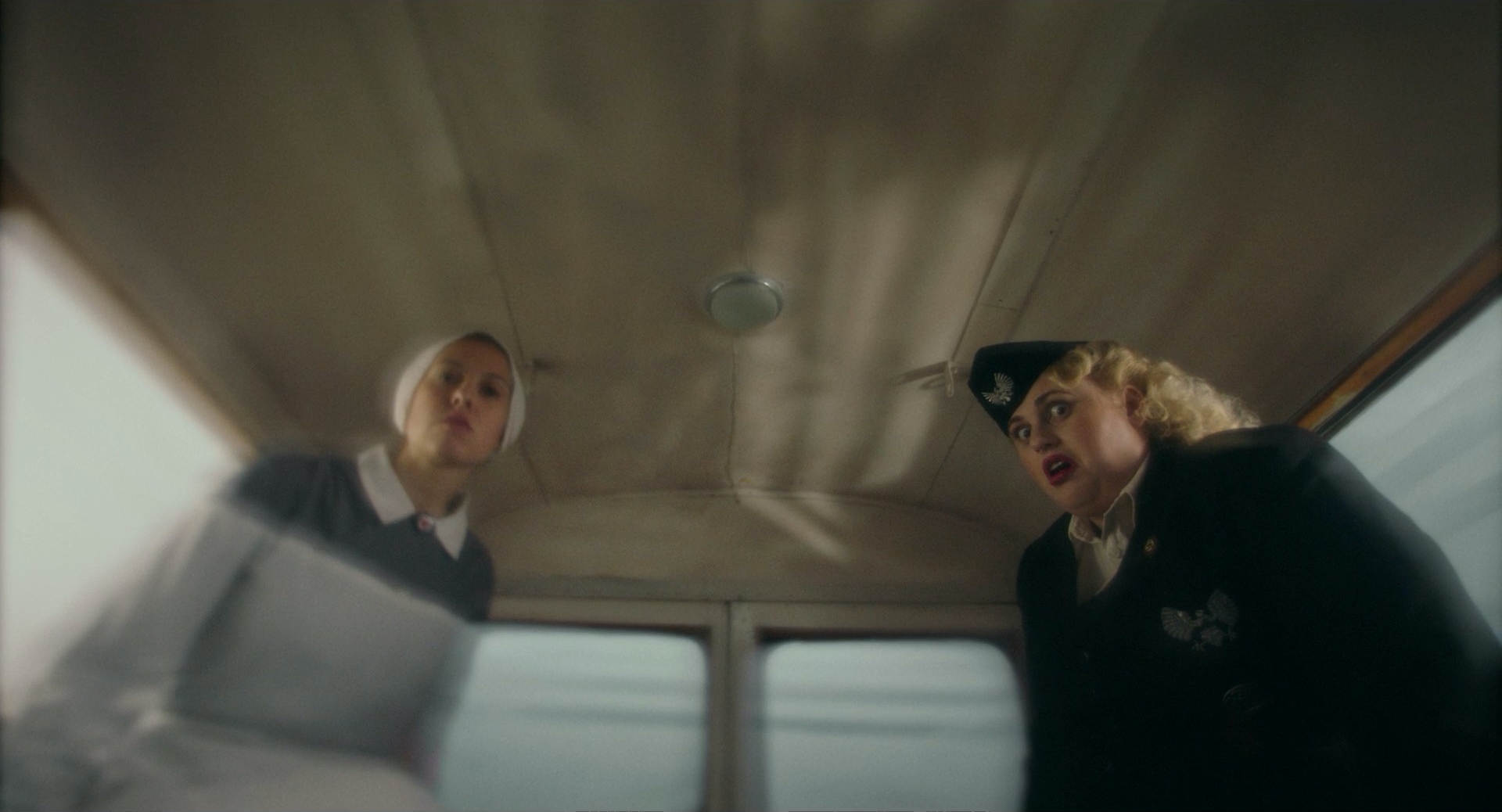
Insert Shot
Insert shots are like close-ups but for objects and details. When the director wants to grab the attention toward a specific detail or object, they will use insert shots. I really like insert shots because while they speak no words, they can communicate pages of meaning. I especially like insert shots when they are used as a reveal or a plot twist.
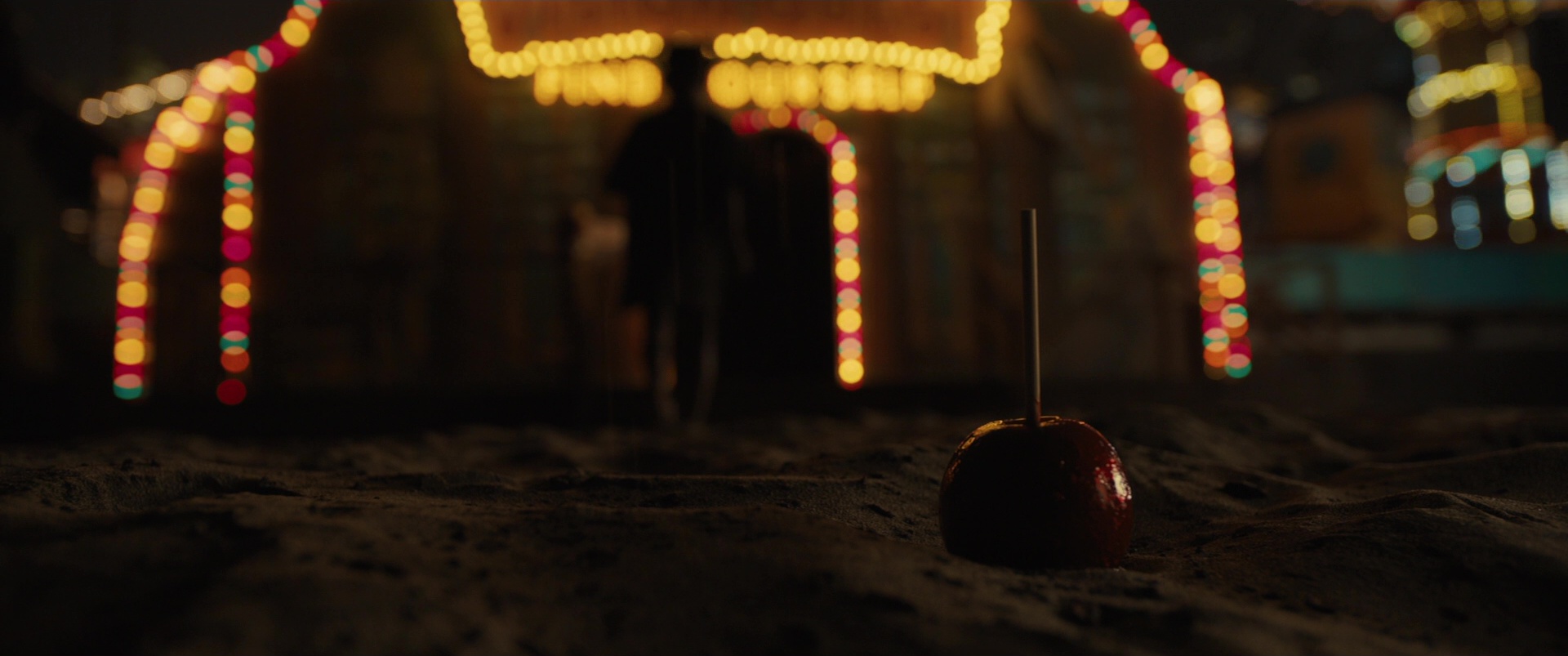
When To Use Different Shot Sizes and Angles
Now that you’re familiar with the camera shot terminology, let’s examine some guidelines on how these shot sizes can be used for maximum impact depending on the desired dramatic or thematic effect:
- Open with wide establishing shots to introduce an expansive new location.
- Cut to closer shot sizes during important dialogue to focus on characters’ faces and eyes.
- Punch in rapidly to a close-up on an important object or photo reveal.
- Use POV shots to make the audience feel what a character is experiencing.
- Build a sense of disorientation with Dutch angles.
- Emphasize a character’s isolation with them alone in an extreme wide shot.
There are always exceptions, but these examples demonstrate some conventional applications. Ultimately, the combination of shot sizes and camera angles used depends on the scene, mood and messages being conveyed.
Putting the Camera in Its Place
Understanding cinematic shots takes attentiveness while watching films, asking questions about what you see, and most importantly – patience with the process. So next time you watch a movie, keep your eyes peeled not just for plot, but for the creative ways that filmmakers use shots sizes and angles to tell their visual stories. Noticing and analyzing this will level up anyone’s film literacy and appreciation substantially.
Frequently Asked Questions on this topic
The most popular and commonly used shot size in many films is the medium shot. Medium shots capture a subject from a mid-range perspective.
There are many potential shot sizes and camera angles, but the 5 main types covered in the article are extreme wide shots, wide shots, medium shots, close-up shots, and extreme close-ups.
The key shots in cinematography are the same 5 – extreme wide, wide, medium, close-up, and extreme close up. There are variations on some, like medium close-ups. And unique angles like high/low angles, dutch angles, and point-of-view shots also expand the cinematic shot vocabulary.
In a storyboard, the shot size depicted in each panel shows what type of shot is intended for that scene – whether it will be a wide scene-setting shot, a medium dialogue-focused shot on characters, or an extreme close up to show intense emotion.
A full shot in photography or cinematography essentially refers to a wide shot that shows the entire subject and a good portion of the surroundings to establish context./span>
A Dutch angle shot involves tilting the camera to create an oblique angle on the scene, with the horizon at an uneven slant instead of straight. This creates a subtle sense of disorientation in the viewer when used effectively.
A close-up shot frames a subject very closely from their chest/shoulders upwards to focus attention on their face and emotions. Close-ups spotlight small details and intimate reactions.
